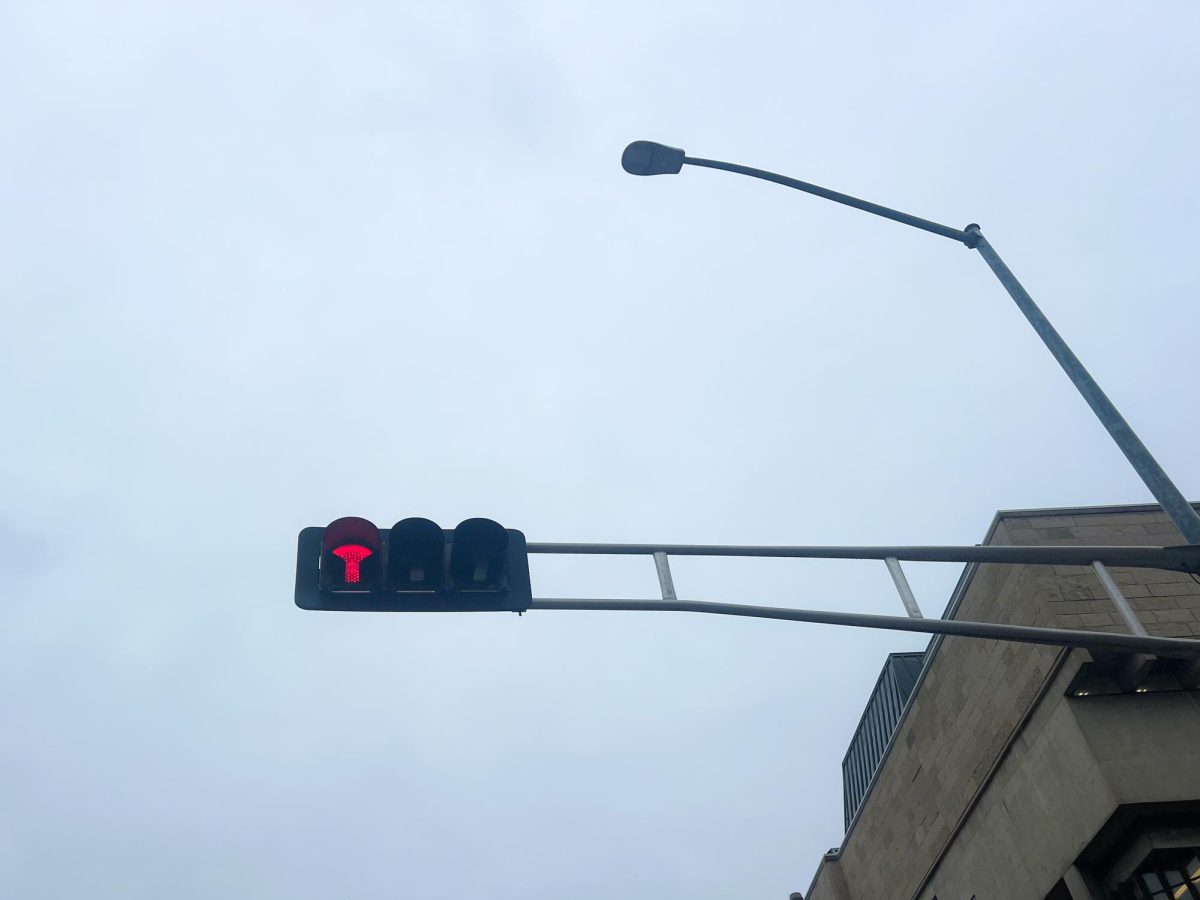Mayor Paul Soglin released the highly-anticipated Executive Capital Budget Tuesday, revealing several of the cuts that will be felt throughout the city in the upcoming year.
Soglin said borrowing in the capital budget has become a problem for the city because as the money borrowed has increased, the money was not being repaid at an ideal rate, creating an imbalance of debt for the city.
“It’s very difficult for me to come before the people of Madison and have to present a capital budget as sparse as this one,” Soglin said in a press conference Tuesday.
In a statement, Soglin said the proposed 2012 capital budget has reduced total authorized spending from 2011 by $52.6 million and reduced borrowing by $38.7 million over last year’s budget.
The statement said Madison has been too reliant on borrowing in the past and to make up for the debt service, Soglin is cutting funds to plow streets, maintain parks and provide public health and safety services.
Soglin said although he is a believer in the basic premise that wide spending on infrastructure and human capacity helps create a healthy economy, these are things that need to be put on the back burner for the current time.
Ald. Scott Resnick, District 8, said despite Madison’s current recognition as a relatively safe city, that mentality could be taken away by certain budget cuts, lowering the city’s current quality of life and potentially pushing residents away.
“If you take away things like infrastructure, it hurts businesses,” Resnick said. “We need to look at it as an all-encompassing picture.”
The proposed capital budget also includes plans for creating a new Tax Incremental Finance district. TIF districts increase the property value of a part of the city that houses capital projects, creating an increase in return finances for the city.
The new TIF districts would be at Whitney Way and University Avenue, as well as the vacant Bancroft Dairy site at the intersection of Park Street and Fish Hatchery Road.
Soglin is proposing up to seven TIF projects be approved in the Capital Budget, which is almost twice as many projects as were seen in the current legislation.
Resnick said TIF districts can be strong tools for raising money around capital projects and that Soglin is proposing to make some changes to TIF district structures. He said he thinks TIF districts can be a helpful tool in the budget but they can sometimes be a “dangerous game.”
“Not all TIF district have worked out in the past,” Resnick said. “You can look at Monroe Street to see a TIF district that struggled. When you can’t pay back that money it puts everyone in that neighborhood in a compromising position.”
Resnick said the overall cuts in the capital budget are deep and many go to the heart of the city in terms of growth and current viability but that City Council is going to work carefully with the mayor’s office to make sure the cuts are appropriate in what he said is a difficult economic time.
The budget does include funding for a number of promising projects, including the city’s first comprehensive multi-modal transportation plan, which includes additional money for biking in the city.
“Hopefully we will eliminate the uncertainty and confusion that has surrounded transportation developments in the past,” Soglin said. “This will bring some order to the process.”
There is also $3 million in the proposed budget to maintain energy efficient buildings.
Soglin is expected to release the operating budget in early October.












